By Dan Weisz
Here is an assortment of photos taken during this half of October. I hope you enjoy them.
One day I was walking up a wash that was well over ten feet deep. The sides had a number of little cutouts and I saw a Harris’s Antelope Squirrel duck into one. I waited and he poked his head out to see if it was safe to venture out into the wash again.
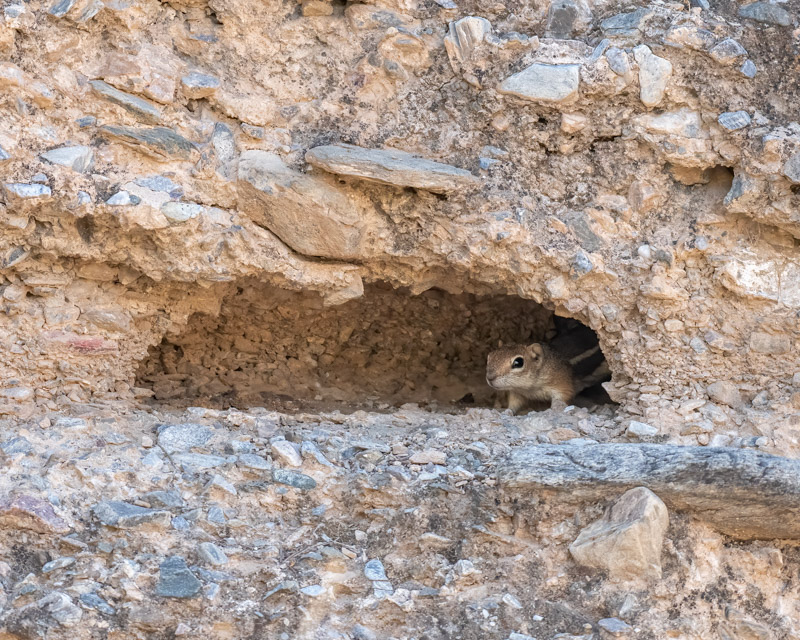
He looked both ways just to be sure. I headed on up the wash and left him inside his hideaway.
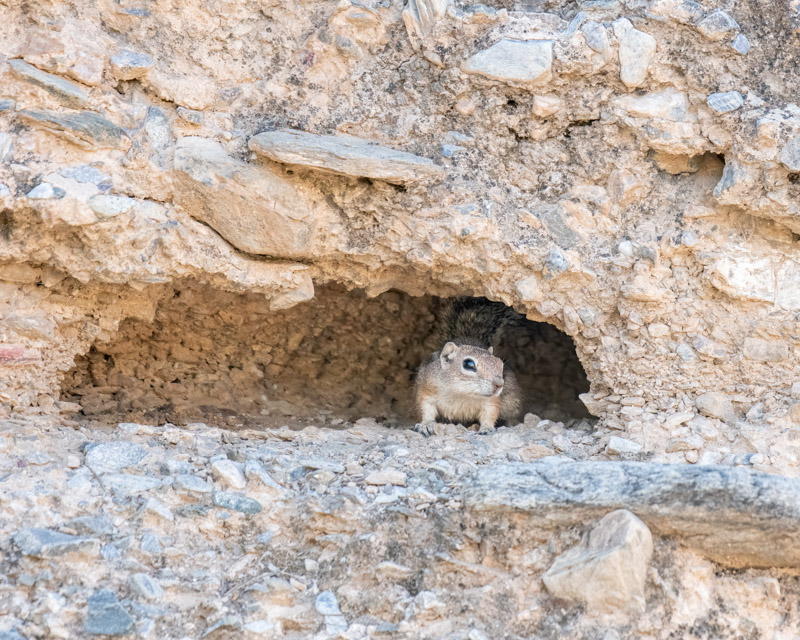
A female Green-winged Teal was feeding at Sweetwater Wetlands. The bright green feathers are a patch on her secondary flight feathers and give this bird its name. (Secondary feathers are the short, innermost flight feathers on the rear edge of the wing, closest to the body.)
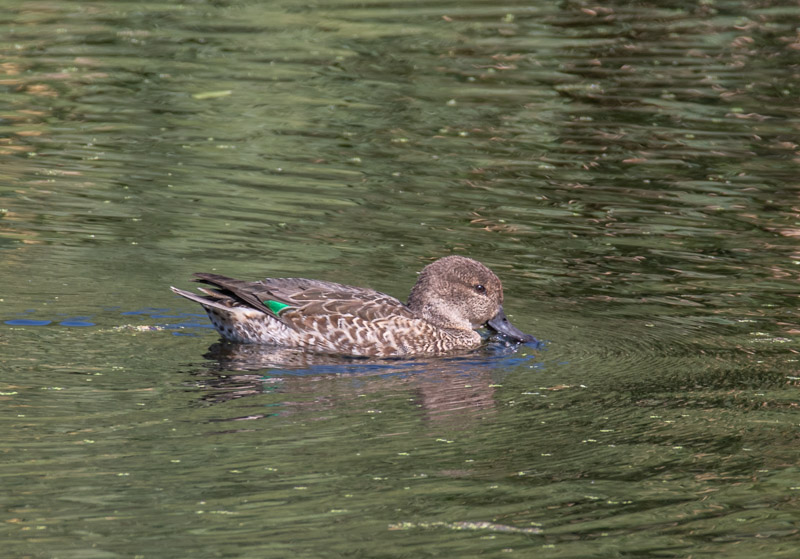
This male American Kestrel was hunting along the wash that the Harris’s Antelope Squirrels were hiding in. In this shot, he was looking away from the wash so the squirrels were safe, at least for the time being.
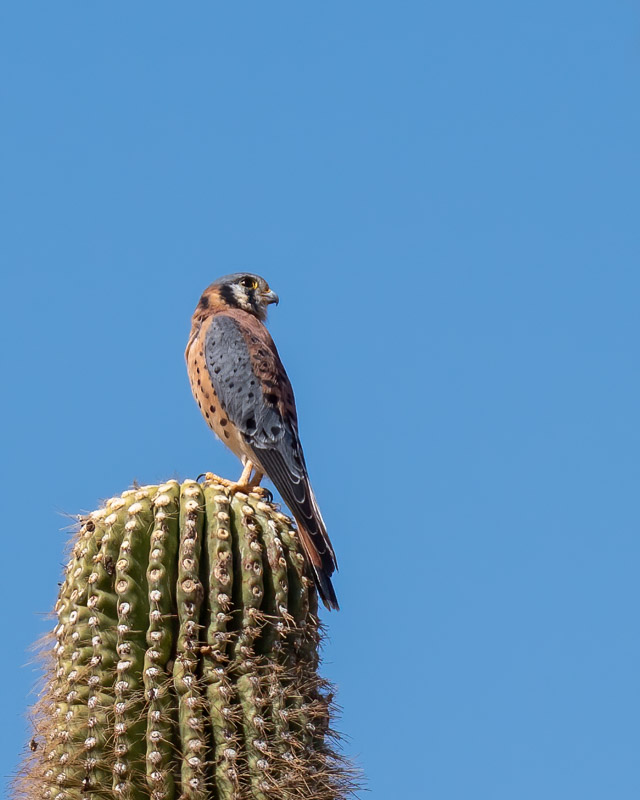
A male Vermilion Flycatcher perched on a thin mesquite branch at Brandi Fenton Park.
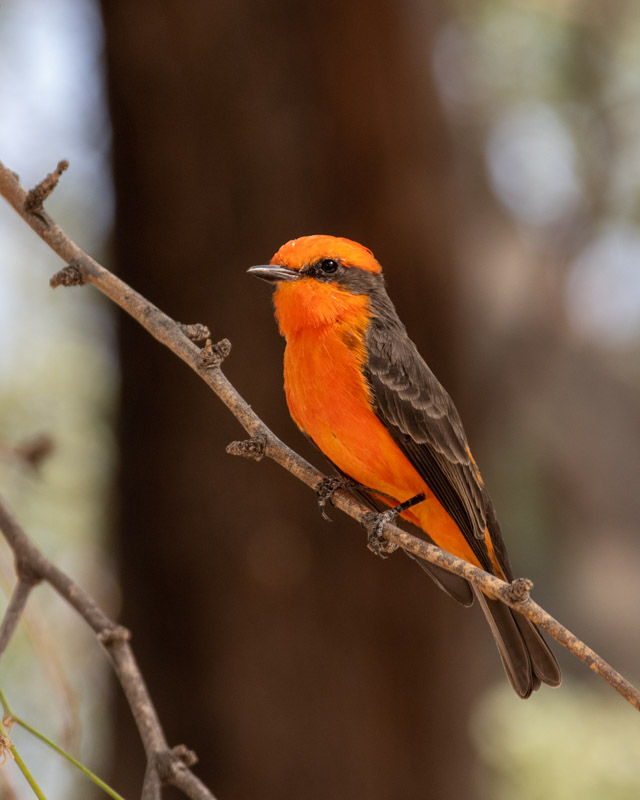
Elsewhere, a female Vermilion Flycatcher was also actively hunting.
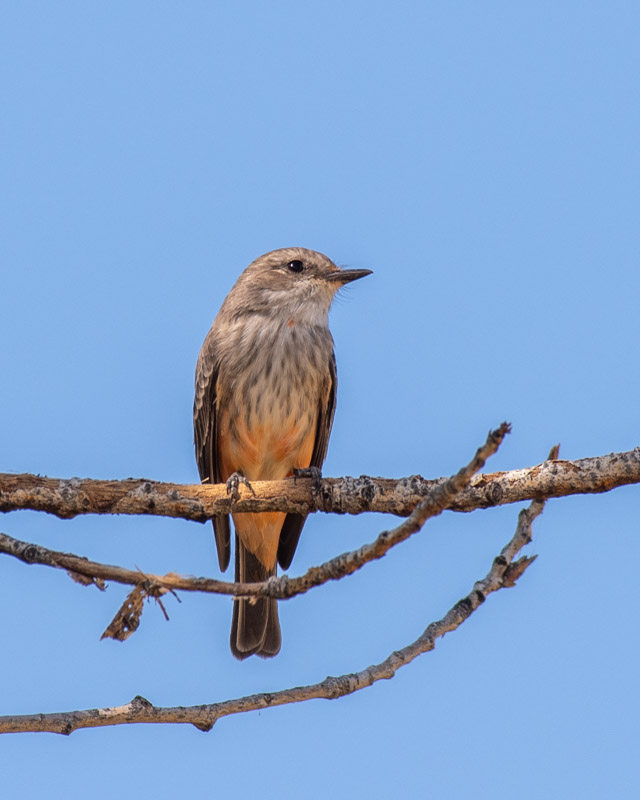
Meadowlarks have returned to southern Arizona for the winter. I find it difficult to differentiate between the Eastern and the Western Meadowlark and am satisfied just referring to every one I see as a “Meadowlark”. Their song is a good way to ID them, but this is not a singing season. And their tail feathers is another good field mark, but I didn’t notice its feathers as it flew away. Perhaps next time: https://www.birdnote.org/listen/shows/two-meadowlarks-and-poem
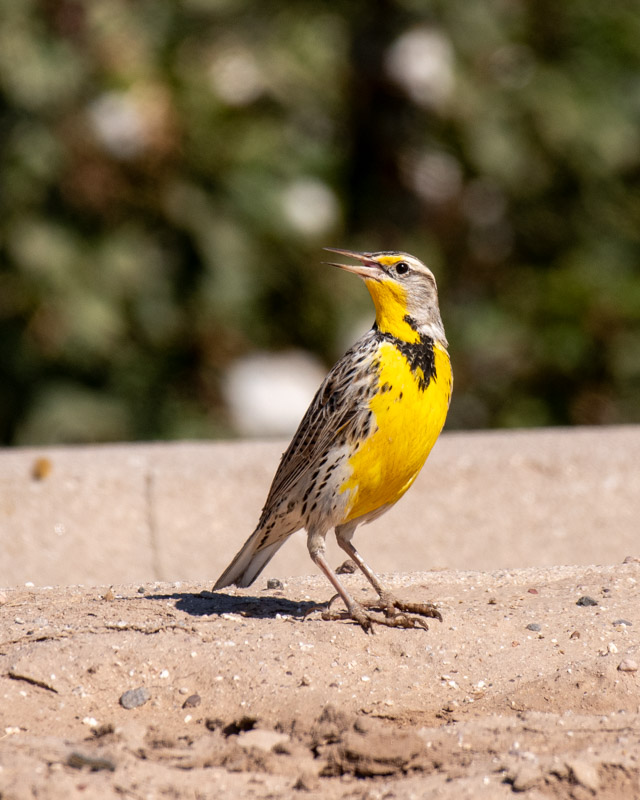
Some birds have names that don’t indicate anything about them. This bird has a very descriptive name: A Yellow-rumped Warbler. There are varying looks and subspecies of this bird, but the tell-tale rump is an easy sign to look for when they arrive in the fall.
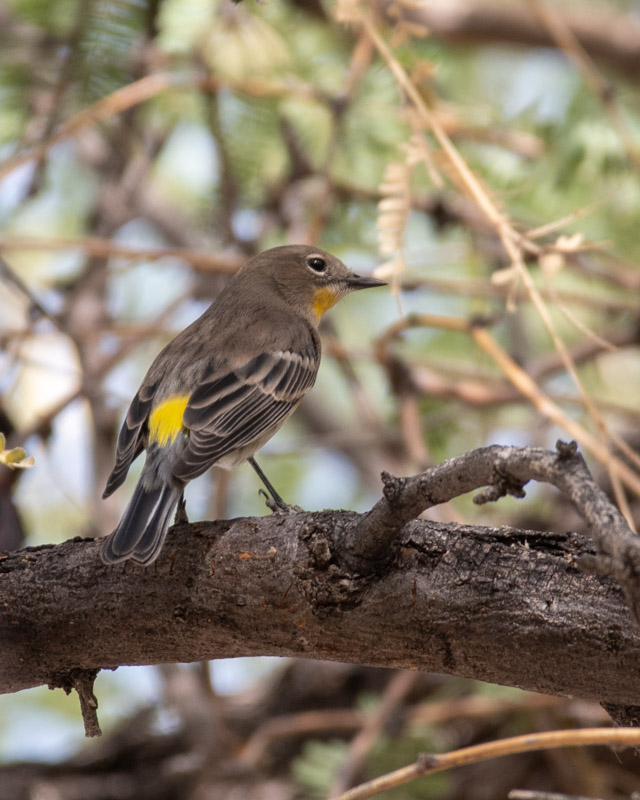
This fall season has brought many unusual and rare birds to the Tucson valley. Recently a wandering Canada Warbler made an appearance at Brandi Fenton park. One way to find her there was to look for humans pointing binoculars or cameras towards a mesquite tree. These warblers are gray above, yellow below, and sport a faint necklace.
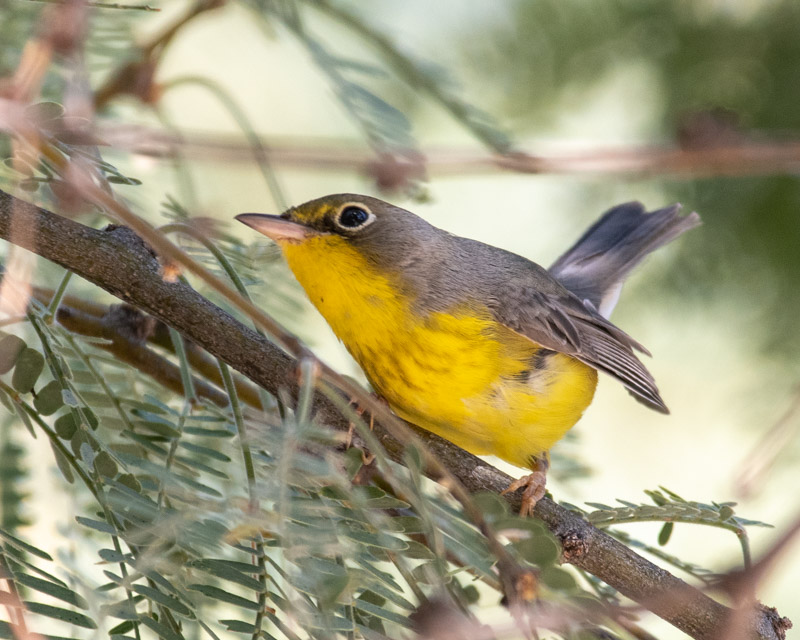
Check out this range map to see how far out of range this Canada Warbler had flown. She needs to get her GPS system checked:
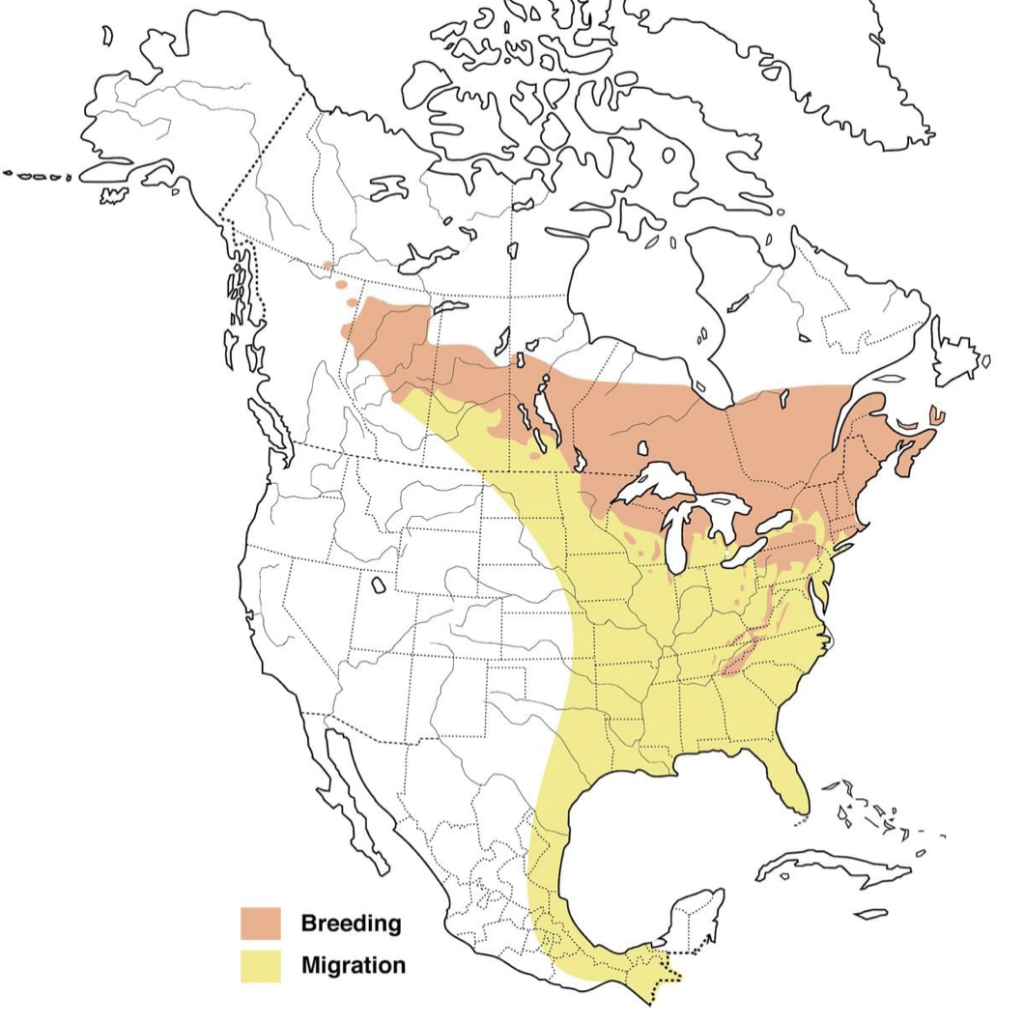
In Marana one morning, the road was crawling with hundreds and hundreds of Tiger Moth caterpillars. It was amazing to see them wandering in all directions.
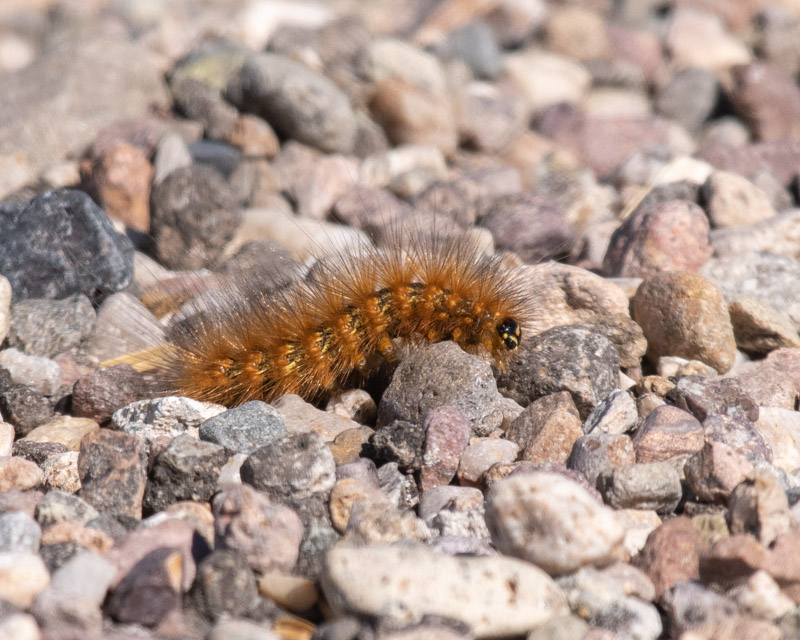
I thought for sure this Burrowing Owl would feast on the caterpillars, but it ignored them while I was there. Whether the owl had already eaten, or it was avoiding this caterpillar I’ll never know. Generally, “fuzzy” caterpillars are toxic and the fuzziness is a warning to predators to stay away.
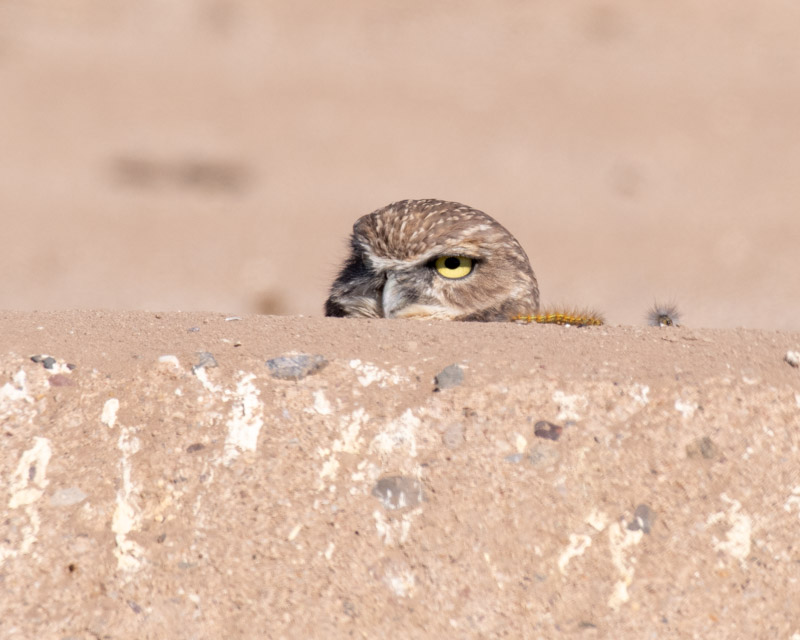
So the Burrowing Owl lived in peace with its neighbors….
